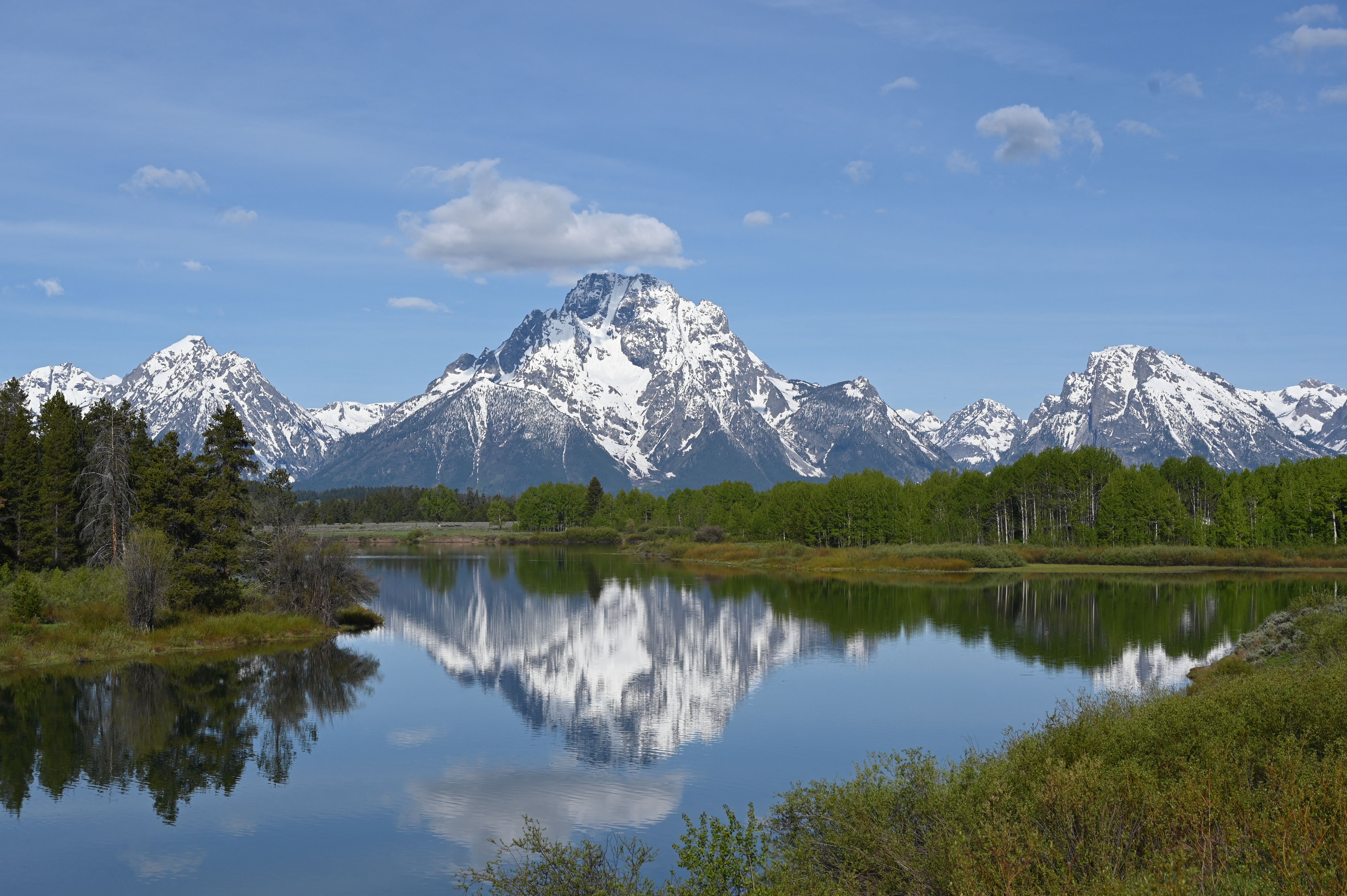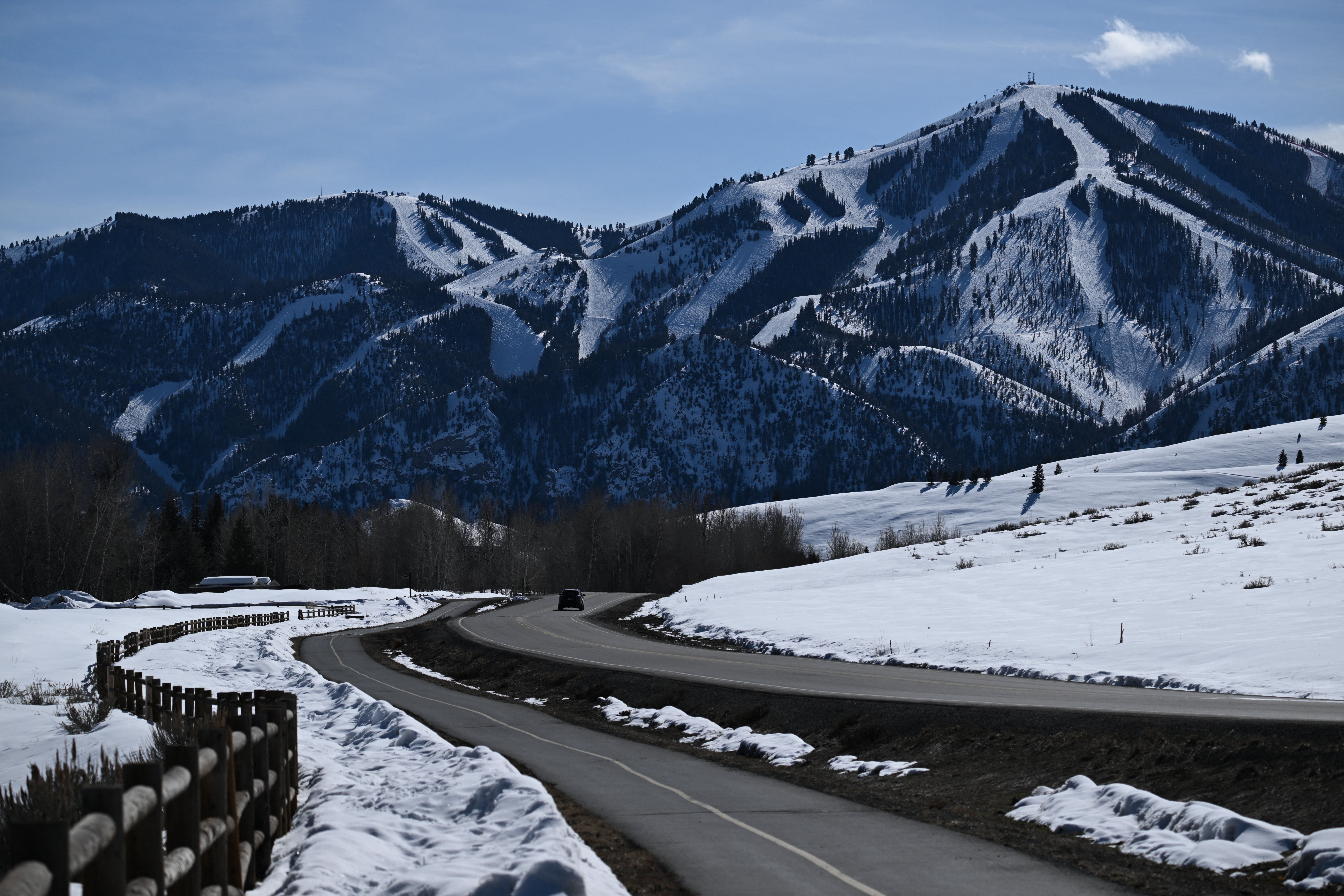The Senate has made it easier for America’s national parks and forests to be sold.
Amid a weekend of rallies against the administration, the Republican members approved the framework for President Donald Trump’s multi-trillion-dollar tax breaks and spending cuts. All but two Republicans voted to pass the budget framework, which is critical to the White House’s agenda.
However, any Democratic efforts to add amendments to the bill failed – and that included one to oppose the sale of public lands.
“When Republicans had the opportunity to go on the record and show the American people whose side they’re on, they put their billionaire donors on a pedestal and threw working people under the bus,” New Mexico Sen. Martin Heinrich, who led the amendment alongside Colorado Sen. John Hickenlooper, said in a statement.
“Their tax handouts for the wealthy are so large – and so important – that some are willing to plunder our public lands,” said Hickenlooper. “So let’s be clear: Our public lands are not for sale.”

Republicans are mulling the sale of some public lands to help pay for the budget bill.
“It would just be in areas where you can’t get affordable housing, like for gateway communities,” Arkansas Rep. Bruce Westerman, chair of the House Natural Resources Committee, told POLITICO’s E&E News, “so you could actually have people to work in the national parks, maybe around some big metropolitan areas in the West.”
But, the concept is something some members of the GOP are against, including Montanans Sen. Steve Daines and former Trump Interior Secretary Ryan Zinke. Daines voted in favor of the amendment, along with Sen. Tim Sheehy.
Public land makes up nearly a third of Montana’s footprint.

Approximately 650 million acres of land are owned and controlled by the federal government. The National Park Service manages 85 million acres of that land. There are also more than 2.6 million acres of privately owned lands within park boundaries.
What the future holds for national parks and forests remains unclear, but major environmental and conservation groups are speaking out in response to the possibility of sales.
“Priceless public lands are not assets on a balance sheet. They support the $1.2 trillion outdoor recreation industry and five million jobs. Once they’re developed, they’re gone,” Patagonia CEO Ryan Gellert said.
“Public lands belong to all Americans, not wealthy donors and corporate executives,” Tracy Stone-Manning, president of The Wilderness Society, wrote. “Selling off these places to pay for tax cuts for the wealthy should have been dead on arrival, and it’s shameful that the Senate has failed to stand up against that idea.”
“Americans love our national parks and public lands. They are a critical part of our country’s past, present, and future – and they provide huge economic benefits to local communities,” Emily Thompson, the executive director of the Coalition to Protect America’s National Parks, said. “The idea that we would sell these lands shows just how out of step the current administration is with the wishes of the American people.”

In another controversial move over the weekend, Agriculture Secretary Brooke Rollins acted to remove environmental safeguards on more than half of the nation’s national forests, opening up nearly 60 percent of the land for logging. Rollins claimed there is a “national forest emergency” due to an “abundance of timber at high risk of wildfires.” Most of the forests included are considered to have high wildfire risk, and many are in decline due to insects and disease.
Forests are critical ecosystems and serve as crucial carbon sinks that help to fight climate change. Wildfires are important parts of a forest’s life cycle, and prescribed burns are implemented to restore health to ecosystems that depend on fire.
Like the possibility of public land sales, critics said the department’s announcement was also about the money without considering the repercussions.
“This is all about helping the timber industry,” said Blaine Miller-McFeeley of the environmental group Earthjustice. “It’s not looking at what will protect communities. It’s about the number of board feet, the number of trees you are pulling down.”
